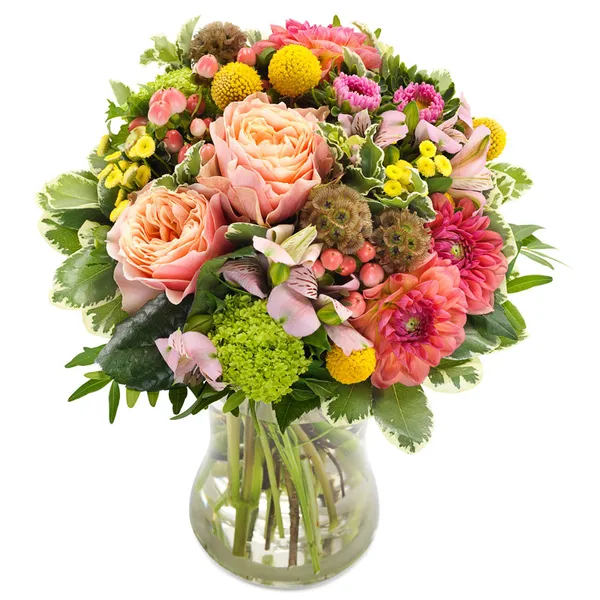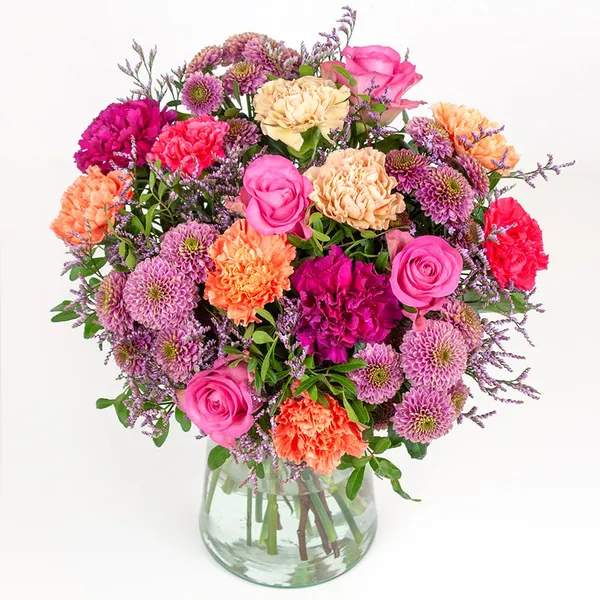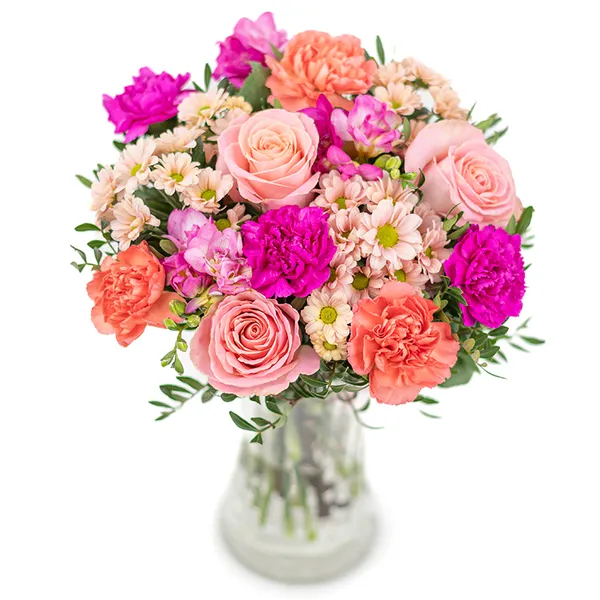Clematis: The Queen of Climbers and Flowering Elegance
Clematis is a spectacular flowering vine beloved for its wide variety of bloom shapes, sizes, and colours—from delicate star-like petals to large, showy flowers in purple, white, pink, red, and blue. Known as the “Queen of Climbers”, clematis is a versatile plant that adds vertical interest to trellises, pergolas, and walls. It symbolises mental beauty, ingenuity, and the art of travel or aspiration, making it both a decorative and meaningful garden choice. With proper care, clematis blooms abundantly and brings joy throughout spring, summer, and even into autumn, depending on the variety.
COMMON NAME
Clematis
BOTANICAL NAME
Clematis spp.
ORIGIN
Asia, Europe, North America
PEOPLE ALSO CALL IT
Traveller’s Joy, Virgin’s Bower
FLOWERING TIME
Late spring to early autumn (varies by type)
ASPECT
Sun for flowers, shade for roots (cool, moist base)
SYMBOLISM
Mental beauty, creativity, aspiration, intelligence
Care Tips for Clemantis in the Garden or Pot
Sunlight: Most clematis varieties prefer full sun for at least 6 hours a day, but their roots should remain cool and shaded—plant low-growing perennials or use mulch around the base.
Watering: Water deeply and consistently, especially in dry weather. Keep the soil evenly moist but not soggy.
Soil: Clematis thrives in well-drained, fertile soil. Add compost or well-rotted manure to enrich the planting hole.
Support: Provide a trellis, fence, arch, or obelisk—clematis climbs using leaf petioles and needs a structure to wrap around.
Pruning: There are three pruning groups (1, 2, 3) depending on the flowering time. Knowing your clematis type is key:
- Group 1: Prune lightly after spring flowering
- Group 2: Light prune in late winter and deadhead after first bloom
- Group 3: Hard prune in late winter or early spring to about 30 cm (12 inches)
Feeding: Apply a balanced, slow-release fertiliser in spring and again after flowering.
Pot care: Use a deep container (at least 45–60 cm), provide support, and water more frequently in hot weather.
Symbolism & Meaning
Clematis stands for mental beauty, creativity, and the pursuit of goals. In the Victorian language of flowers, it symbolised the idea of travel, ambition, and cleverness—a plant associated with people who dream big and reach high. Because it gracefully climbs and wraps around structures, it’s also seen as a metaphor for growth, adaptability, and the desire to connect.
Types of Cornflowers
Most commonly, cornflowers are vivid blue, but there are also varieties in white, pink, purple, and dark burgundy.
Popular types include:
- Centaurea cyanus ‘Blue Boy’ – The classic, intense blue variety.
- ‘Black Ball’ – Deep, almost chocolate-coloured blooms.
- ‘Polka Dot Mix’ – A pastel mix in pink, lavender, blue, and white.
Frequently Asked Questions About Clematis
Pruning time depends on the type of clematis:
-
Group 1 (early-flowering, e.g. alpina): prune after flowering in late spring.
-
Group 2 (large-flowered hybrids): prune lightly in early spring, removing weak stems and dead growth.
-
Group 3 (late-flowering): cut back hard in early spring, to about 30–50 cm above ground.
The best time to plant clematis is in spring (March–May) or early autumn (September–October). The soil should be warm and workable, but not frozen or waterlogged.
Plant clematis in a sunny or lightly shaded spot with cool roots. Dig a deep hole, enrich with compost, and bury the base of the plant 5–10 cm deeper than it was in the pot — this encourages strong shoots. Add a mulch or low-growing plants at the base to shade the roots, and provide a support structure for climbing.
Yes, many clematis varieties grow well in large containers (at least 45 cm deep). Use loamy, well-draining compost, and add drainage material at the bottom. Keep the roots shaded and moist, and place the pot in a sunny spot with support for climbing.
Take softwood cuttings in late spring to early summer. Cut a 10–15 cm long non-flowering shoot, remove lower leaves, and insert it into moist seed compost. Cover with a clear plastic bag or propagator and place in bright, indirect light. Roots should form in 4–6 weeks.
What clematis looks like in winter depends on the variety:
-
Most deciduous clematis (the majority) lose their leaves completely, and their stems appear bare or woody, especially after cutting back.
-
Evergreen clematis (like Clematis armandii) keep their foliage and look green year-round, though they may look a bit weathered in cold, windy areas.
Don’t worry if your clematis looks bare – that’s completely normal for winter, and it’ll bounce back in spring.




